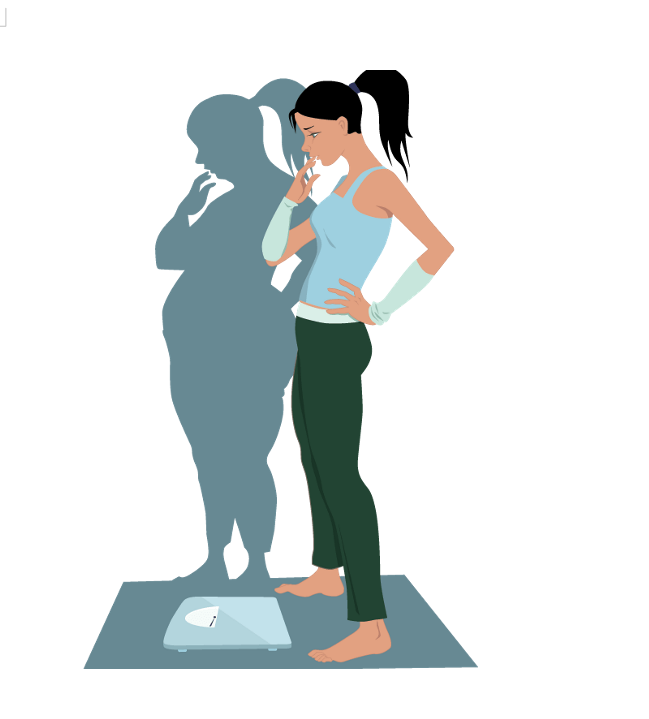Most of us have something that we don’t like about our appearance.
Most people accept these flaws and move on with their daily lives, but people who suffer from body dysmorphic disorder (BDD) become obsessed on that imperfection and think about their real or perceived flaws for hours a day.
Body dysmorphic disorder, also known as body dysmorphia, is a mental health condition where a person spends a lot of time worrying about flaws in their appearance. It can affect both men and women. These flaws are often unnoticeable to others.
When you have body dysmorphic disorder, you intensely focus on your appearance and body image, repeatedly checking the mirror, sometimes for many hours each day. Your perceived flaw and the repetitive behaviors cause you significant distress and impact your ability to function in your daily life. BDD sufferers can’t control their negative thoughts and don’t believe people who tell them they look fine.
No one knows exactly what causes BDD. However, recent research suggests that there are a number of different risk factors that could mean you are more likely to face BDD, such as: abuse or bullying, low self-esteem, fear of being alone or isolated and perfectionism or comparing with others, especially on social media nowadays.
Most people ages 15-27 are actively engaged in at least one or more forms of social media, like Instagram, Snapchat and Tik Tok. When scrolling through our feeds, we are exposed to highly curated selection of photos and snaps that are far from our reality.
This constant exposure to altered images can lead to unhealthy pressure to achieve unrealistic body types.
Social media has become increasingly dangerous, especially for teens, who are most susceptible to suffering from insecurity and depression.
Social media isn’t the only problem. Fashion and beauty publications are notoriously known for photoshopping models, lacking in diversity and don’t include all body types on their covers.
You also may attempt to find cosmetic procedures to try to “fix” your appearance. Afterward, you may feel a temporary satisfaction or a reduction in your distress, but often the anxiety returns and may resume searching for other ways to fix your perceived flaw.
BDD requires a clear and accurate diagnosis in order to get the appropriate treatment. Since most BDD sufferers hide their obsessions and compulsions from others, the condition can be misdiagnosed, that’s why it’s important to be open and honest about your thoughts, feelings and behaviors.
The most common treatment plan for body dysmorphic disorder is a combination of psychotherapy and medication. It takes time and so much strength to recover from this disorder but with the help from the right people it will be less difficult.
Elisa Romeri 3BL
